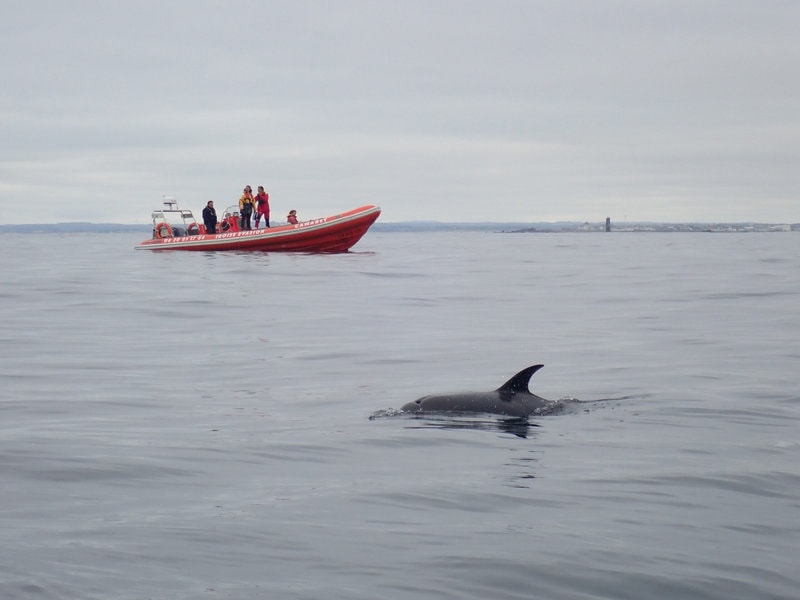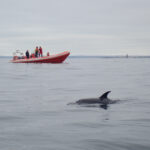DOLPHINFREE project
Sommaire
This sheet is translated in the frame of the Cetambicion project (https://www.cetambicion-project.eu/)
Contact :
• CNPMEM : cnpmem@comite-peches.fr
Source :
https://umr-marbec.fr/les-projets/dolphinfree/
Photo credit :
• Benjamin Guichard
The aim of the DOLPHINFREE project : to develop a passive and interactive tool
Launched in 2020 for 3 years, the DOLPHINFREE project, led by the University of Montpellier, with MARBEC, LIRMM, Pelagis, OP Pêcheurs de Bretagne, OCTech society and AGLIA, is in line with research projects carried out by fishing professionals and scientists. Capitalizing on the experiments of the LICADO project initiated in 2019, DOLPHINFREE focuses on passive listening and the informative and bio-inspired signal (i.e. understandable to the dolphin).
How does it work ?
DOLPHINFREE’s ambition is to propose prototypes :
– an acoustic device emitting a signal that can be understood and interpreted by dolphins, to alert them to the presence of the net and the associated risk of mortality (dolphins understand the mortality of their fellow dolphins, according to scientific studies). With a range of 500m, a device is installed every kilometer along the top of the net. The device is switched to passive listening mode and emits an informative sound signal when dolphins are detected.
– an energy generator ( recuperated from the surrounding environment) to increase the device’s autonomy which includes a passive listening module to identify the presence of dolphins and trigger the emission of the acoustic signal (limiting noise pollution in the environment).
DOLPHINFREE project follow-up

Several versions of the device have been developed and tested to overcome ergonomic issues, particularly those involving safety risks for sailors. Battery autonomy was also improved, resulting today in a device that is autonomous for 2 months.
Tests and analyses of the 3rd version of this device are ongoing until the end of the project, scheduled for June 2023.




